What is juicing?
Have you been wondering what is juicing and what it really means?
Growing up, the only kind of juicing I knew involved oranges and a press-down citrus juicer that kept most of the pulp with the juice. But these days, juicing is more of an art form and incorporates any kind of fruit, vegetable or herb.
But, before we get into the different kinds of juicing, what is juicing exactly?
Juicing is the juice extracted from the fruit or vegetable. The only way to get true "juice" that people refer to in juicing is to have a juicer machine.
Many of us get confused between smoothies and juices because of blender advertisements saying smoothies are juices.
The main difference between a juice and a smoothie is that juicing involves extracting the juice (liquid) from raw fruits, vegetables and herbs. This process separates the fiber from the fruit and vegetables and you’re left with the nutrient rich liquid.
Smoothies, however, generally involve a whole fruit, vegetable or herb (along with any nut, seed, powder or superfood) chucked into the blender. Simply put, a smoothie is blended food. This means that the foods have been broken down into liquid form, whilst still retaining all of their fiber.
One is not better than the other, but it's important to understand they are very different. They both should have a place in your diet.
So, what is juicing best for?
The main argument for juicing is that your body does not have to do any digestive work to break down the food and extract the nutrients - they are absorbed directly into your blood stream.
The juice comes pre-loaded with vitamins, minerals, antioxidants and all the other goodness of fruits and vegetables in one easy-to-sip drink.
And because you can juice much larger quantities of fruit and vegetables than you can eat (just imagine drinking 10 oranges vs eating 10 oranges), it makes the nutrients more readily available to the body in much larger quantities than if you were to eat the fruits and vegetables whole. Juice also gives you a quick dose of feel-good energy.
However, juicing (especially in the case of fruits) can cause a rapid spike in blood sugar and this can lead to mood swings and even energy loss. They can also take long to prepare (depending on what kind of juicer you have) but they’re fantastic for a quick burst of energy and goodness.
What's the benefit of blending?
The best thing about blending is that the result is a smoothie – a quick and easy meal on the go! A smoothie is perfect for those with very little time on their hands because all you have to do is chuck whole fruits and vegetables in the blender and voila, you have a meal in a glass.
Of course you can also make a thick savoury juice (a tomato juice for example), raw soup, nut butters and milks and more, but generally a blender is used primarily for fresh fruit and vegetables (smoothies, juices and soups).
Unlike juices, smoothies consist of the entire (mostly peeled) fruit and vegetable, including all the fiber, and the result is smoother and thicker than your typical juice.
The blending process breaks the fiber apart, which makes the fruit and vegetables easier to digest and creates a slower and relatively more even release of nutrients into the bloodstream (especially if sipped and not downed).
This helps avoid blood sugar spikes and makes them more filling over a longer period of time. Similarly to juices, you can pack a lot more servings of fresh raw fruit and vegetables into your smoothie than you can if you were eating them.
However some produce is really not good for blending and is better off juiced – such as carrots, beets and sweet potatoes.
Smoothies can also contain a lot of calories (especially if you add stuff like nut butters to your smoothie) but they’re great for chucking in a quick protein or green powder (eg spirulina or wheatgrass) for an extra nutritional punch. As an added bonus, you can also use frozen fruit in a smoothie.
Juicing or smoothies: What's the best option?
Even though my
site is All About Juicing (I have some smoothie recipes too), I don’t think
there’s a hard and fast rule as to what’s a better bet between juices and
smoothies – after all, we need plenty of fresh fruit and vegetables in our
diet. Why skimp on either of these nutrient-powerhouses?
I do both and encourage you to do both. I love a juice that has freshly juiced oranges, pineapple and strawberries. Or sometimes I juice my greens (spinach and kale for example) and then blend the green juice with whole peeled banana!
I’m also particularly fond of an apple, beetroot, carrot and ginger combination where I juice everything except the apple and then blend everything together.
So why not get the greatest variety by combining both juices and smoothies, either in one drink or separately throughout the day?
You can also disguise the taste of a lot of healthy greens in a juice or smoothie simply by combining it with some fruit – apple, for example, works brilliantly with kale or spinach. Chucking fresh baby spinach into juiced orange juice and blending the two makes for a delicious green smoothie/juice hybrid.
Both smoothies and juices are great for when you’re on the go and don’t have the time to sit down and eat a proper meal. They’re also fantastic before and after a workout (which is why you always see smoothie and juice bars at the gym) because they’re full of fresh, natural ingredients that can speed up your recovery.
Smoothies and juices can also help when you’re coming off a fast of some kind, or recovering from an illness, because you can gradually re-introduce your body to food. They’re amazing for those who want to start introducing more raw food into their diet, or just want to get their five a day!
Of course, it’s also important to have the right equipment. Personally I use a Champion juicer and Greenstar juicer and love it. I also have a Vitamix for blending smoothies (you can strain the liquid for a quick juice).
There are also many different types of juicers – manual, single or twin gear, masticating and centrifugal. To find out more about the different types, check out my juicer reviews and discover the best type of juicer to meet your specific needs.
I hope we answered your question of "what is juicing?" and that you now know what it's all about. No matter where you are on your health journey, consider adding a (preferably green) juice or smoothie to your diet every day. You’ll be getting a comprehensive and balanced blend of essential nutrients – and you will soon feel the benefits.
Juicing basics > what is juicing
YOUR JUICER-IN-CHIEF
|
Hi Juice Lover! I'm Vanessa, the Juicing Mixologist. I'll be guiding you to radical wellness and hotness you can chug. Learn more |
ULTRA POPULAR POSTS
My favorite must-have wellness gadgets
Why the Vitamix is the best blender
Find top juicers that fit your style
How to make green drinks that taste good
The difference between juicing and blending
The need to know steps on how to start juicing
|
Took my BP today. It was lower than its ever been. It's that juicing! Love it! I also don't feel like I need my daily coffee pick me up! Feeling great. Nancy, Las Vegas |
|
This is the best site ever. Seth, Vancouver, Canada |
|
I've recently lost 10 pounds by using the weekend weight loss plan. Jan G, New Mexico |
|
I have no questions. Jeff, California |
|
ALL of the recipes have been winners. We honestly look forward to each days new concoction. Thanks! Sue, Denver |
|
I enjoy your emails; Alex, Chicago |
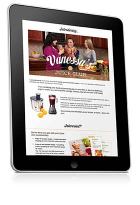 The Juice Club
The Juice Club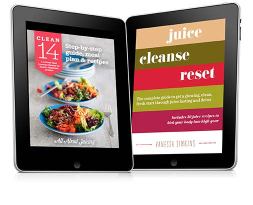 Live Group Supported Cleanses
Live Group Supported Cleanses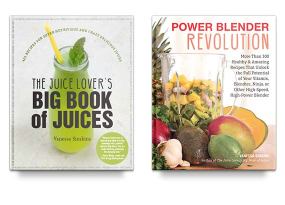 Vanessa's Paperback Books
Vanessa's Paperback Books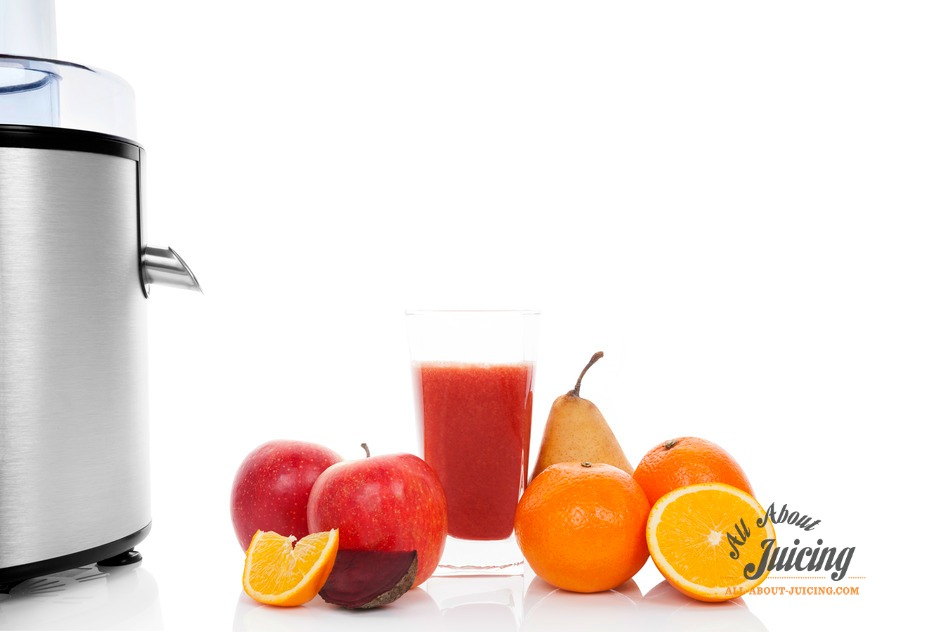



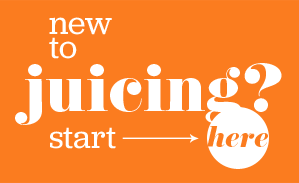

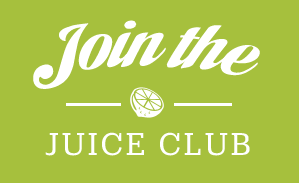
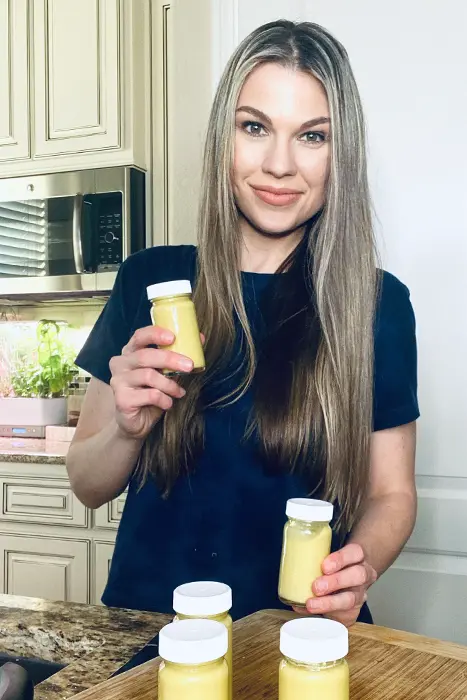


Lovin' this juicy info? Leave a comment in the box below